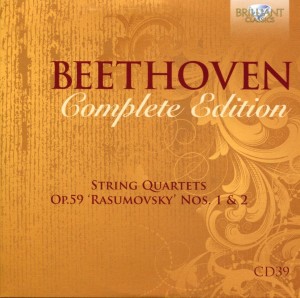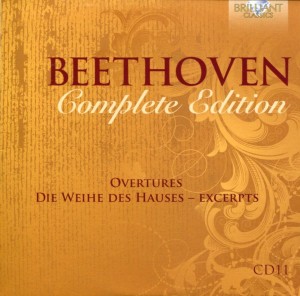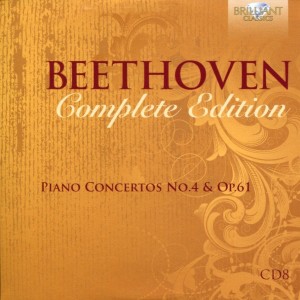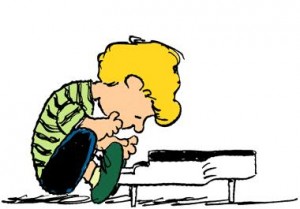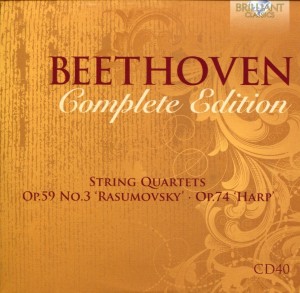 This, the third of the “Rasumovsky” string quartets, is even better than the previous two.
This, the third of the “Rasumovsky” string quartets, is even better than the previous two.
Don’t ask me why.
It’s just really fine, well-crafted music played by a reknowned group of musicians, the Suske Quartett:
Karl Suske violin I
Klaus Peters violin II
Karl-Heinz Dommus viola
Matthias Pfaender cello
Here’s what’s on this CD:
String Quartet No. 9 in C Op. 59 No. 3 “Rasumovsky”
NOTE: All three of the “Rasumovsky” string quartets were written in 1806. Beethoven was 36, and well on his way to being deaf.
String Quartet No. 10 in E Flat Op. 74 “Harp”
This was published in 1809. Beethoven was 39. According to its entry on Wiki,
The nickname “Harp” refers to the characteristic pizzicato sections in the Allegro of the first movement, where pairs of members of the quartet alternate notes in an arpeggio, reminiscent of the plucking of a harp. Like many nicknames for Beethoven’s works, this was created by the publisher.
Woo-hoo! I love pizzicato!
And this is a pizzicato-lover’s dream come true. It’s brilliant. So much Continue reading

